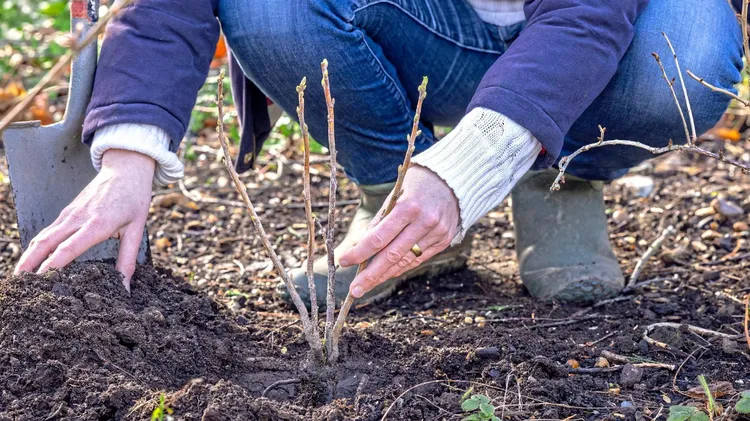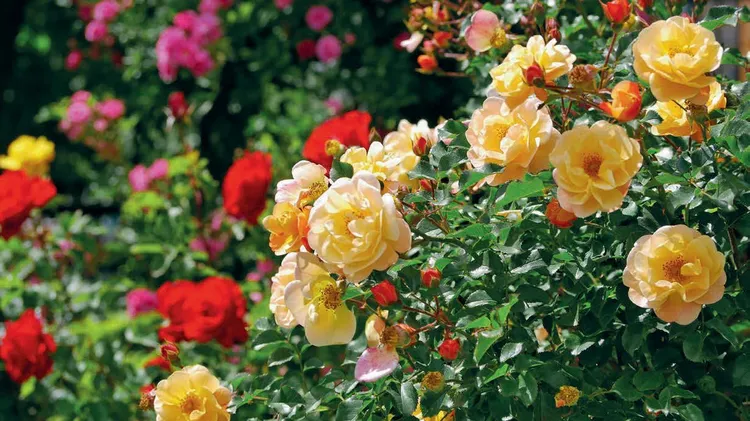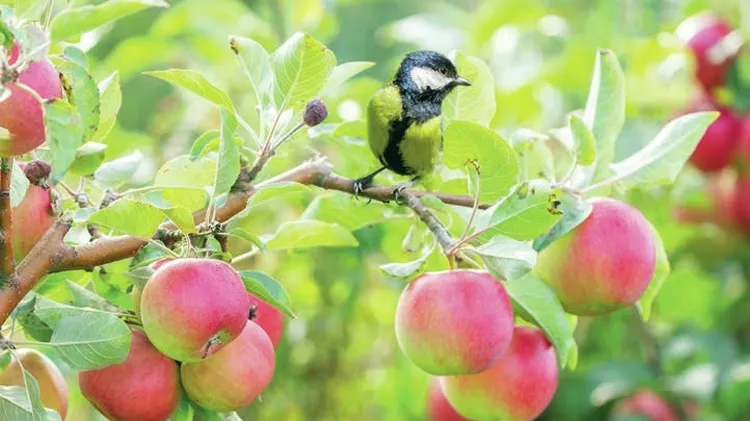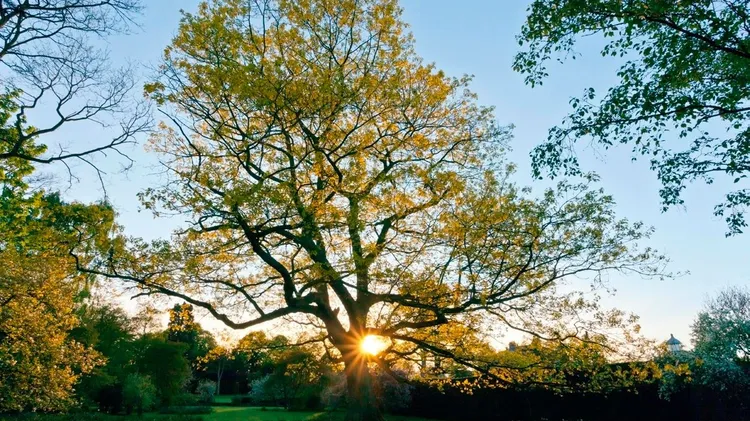There’s no better way to plant roses than as bare-root plants
Bare-root roses for beginners
5 min read
This article is from...
Read this article and 8000+ more magazines and newspapers on Readly






